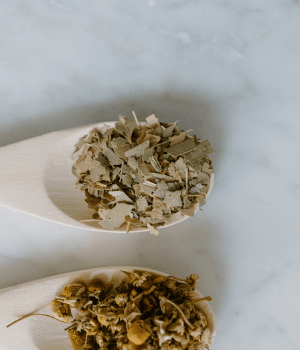Herbal Medicine in Modern Times
Tomorrow I will be speaking at the NCIM and Weleda Integrative Healthcare Festival with a workshop on arnica alongside my education co-director Dr Vivien Rolfe. I’ve always found arnica one of the most fascinating of plants. It is a tough little alpine, part of the daisy family, which survives the harshest of conditions on the side of alpine mountains. It can be used to help tired muscles, pain, bruising, muscle ache and cramp. In particular, it is often recommended for osteoarthritis and pre and post exercise.
Arnica works by inhibiting pro-inflammatory enzymes, which in turn disrupts the inflammation signalling pathway, helping to reduce pain, swelling, and inflammation. Its action mechanisms are similar to those of ibuprofen. Clinical trials have shown that arnica can be just as effective for pain relief in certain conditions, without the side effects commonly associated with NSAIDs. While arnica is widely used in both homeopathy and herbal medicine, it is not commonly recommended by the NHS, despite research supporting its benefits.
Traditional systems of medicine, like herbal medicine —approach health and illness from a very different perspective to modern medicine which can feel quite foreign to those of us who have been brought up with or trained in conventional medicine.
Where a modern doctor often views the body like a complex machine, diagnosing and repairing individual parts when they break down, a traditional herbalist sees the body more like a living ecosystem. Much like a farmer or a gardener, they focus on nurturing balance and harmony within the whole system, understanding that every part is interconnected. If one part is out of balance they would look at the body as a whole to see if the imbalance is affecting others parts also.
In Integrative Medicine, Western herbalism plays a vital role by offering natural, plant-based therapies that complement conventional treatments. It can help manage chronic conditions, reduce the side effects of pharmaceuticals, and promote overall wellness. Arnica is such a wonderful example of how western herbalism can be used effectively alongside conventional medicine. For instance, arnica is used post-surgery to reduce bruising and swelling as well as helping reduce tissue trauma, due to it’s anti-inflammatory properties, minimising the need for conventional pain medications.
Herbs don’t always have to be used therapeutically either. I like to include a lot of herbs in my food and in teas – the phytochemicals in many herbs have protective qualities and can be used preventatively to keep myself and my family well.
If you would like to learn more about the use of herbs within teas, do come along to our free monthly webinar on 31 July, where Dr Vivien Rolfe will share some of the history of how herbal teas have been used medicinally, and explore the latest research carried out on using herbal teas to support health, from women’s health, to stress, sleep and digestion.
Dr Elizabeth Thompson

